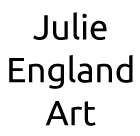Monthly Newsletter
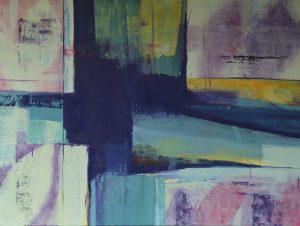 To start receiving my monthly newsletter:
To start receiving my monthly newsletter:Graduation – A Passage
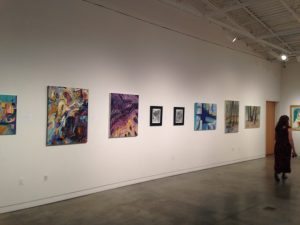 I’m now an enthusiastic advocate of community college; especially for folks like me who entered a new life passage and wanted to try something new. Oil painting and drawing pulls on me with a lot of affinity and good vibes. I found a place to dip my toe in the water in 2011 and have not looked back. It was a highlight in May to graduate after many years of studying art, especially oil painting and drawing, at Brookhaven College in the Dallas, Texas area. It’s my second career and I used a fine local community college to catch me up on art training that other younger students had learned in four years of high school and at two years at Brookhaven College. The certification of graduation is part demonstrated commitment and part accomplishment.
I’m now an enthusiastic advocate of community college; especially for folks like me who entered a new life passage and wanted to try something new. Oil painting and drawing pulls on me with a lot of affinity and good vibes. I found a place to dip my toe in the water in 2011 and have not looked back. It was a highlight in May to graduate after many years of studying art, especially oil painting and drawing, at Brookhaven College in the Dallas, Texas area. It’s my second career and I used a fine local community college to catch me up on art training that other younger students had learned in four years of high school and at two years at Brookhaven College. The certification of graduation is part demonstrated commitment and part accomplishment.
Art Priorities and Practice
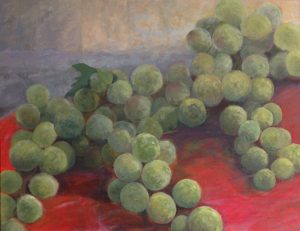 Karyl Innis posted on PRIME WOMEN.com that “Resolutions just suck. Even the word resolution sounds out of it…old… bound by tradition …and in some cases, the word even has a slightly legal twang to it.” She suggests a coaching technique for personal goal setting “The 1, 2, 4, 10 Plan. It’s one you can implement for yourself. The Plan begins with these ideas:
Karyl Innis posted on PRIME WOMEN.com that “Resolutions just suck. Even the word resolution sounds out of it…old… bound by tradition …and in some cases, the word even has a slightly legal twang to it.” She suggests a coaching technique for personal goal setting “The 1, 2, 4, 10 Plan. It’s one you can implement for yourself. The Plan begins with these ideas:- Goals need to be manageable and concrete and public
- Improvement requires a vivid, step by step path forward.
- Questions: Ask yourself these 2 questions one at a time.
- What do I want to do better this quarter?
- What do I want to be different this quarter from last quarter?”
No Art was Made for God’s Sake
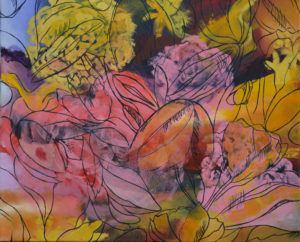 It has been fascinating to study art history highlights and observe the role of the artist change dramatically in society and also to further examine the definition of art perceived by the people of the time.
It has been fascinating to study art history highlights and observe the role of the artist change dramatically in society and also to further examine the definition of art perceived by the people of the time.
“Art in the middle ages was ‘art for God’s sake’; art in the Renaissance was ‘art for man’s sake’; art in the 19th century was ‘art for art’s sake’; now art in the 20th century is ‘no art, for God’s sake.”
-G. K. Chesterton
There has always been a relationship between the patron of art and the artist. This relationship waxes and wanes with time as art served different purposes in the human experience and human expression. In the Middle Ages art was made by artists who mostly remained anonymous. The type of art they made in general supported the religion of the times: building of churches, icons, images of God, disciples, Jesus, bibles and illustrated manuscripts. “Art was made for God”. The relationship between state and church was co-mingled. The power and money flowed through the church. Art patrons frequently bought art to insure their afterlife in eternity. Art was used to illustrate and influence the illiterate masses by explaining beliefs, religion, morals and cultural standards.
During the Renaissance, the artists and their art, although still strongly driven by patrons of both church and art, became more independent from the church, as the church became slowly more separate from the state and its powers. Art increasingly illustrated everyday life, life of the powerful, and the church dogma and beliefs. As artists became freer in society to explore the roles of art, their own beliefs and had more independent patrons, art blossomed away for religious themes exponentially. Material science of art materials and science in general, played a role in expanding the self-imposed limits of what is art and what art means to the human experience. “Art was made for man”, not the church, to begin to explain man’s existence. Science being used to explain the history of the universe opposed or challenged the teachings of the church in many ways. Art expressed the divergence and focused more on man itself than church (God).
During the 19th Century, art further developed away from the church as subject or common patronage. “Art was made for art’s sake.” Romanticism, Realism, Impressionism and Symbolism all served an artistic purpose and expression pushing the boundaries of art at the time. Expressions of man being free, elaborate sense of light and color, advancement of science were all reflected in art of the time. Photography slowly replaced a role art had played in the past. As a result it freed up visual art for the sake of art; not to serve the role of documenting life of the times.
During the 20th Century, one might say “No Art was made for God’s sake.” Art moved rapidly through many transitions accelerated by psychology, philosophy and science – all of which were growing at a rapid pace in parallel to art. Secondly, World War I and II had everlasting influences on art and artists, questioning man’s own self destruction and lack of morals resulting in heinous attacks on other humans. Cubism, Modernism, Post Modernism, Pop Art, Minimalism, Abstract, Performance and Conceptual art increasingly move away from representation to ideas of art and human existence. Today in twenty-first century art there is no link to the church unless an artist or their patron individually decides to pursue such subject matter. It’s an individual artist’s choice and in the majority in the West, the path not chosen.
Irving Art Association Juried Art Exhibit 10/26-11/26
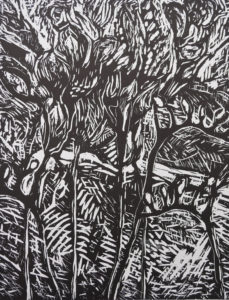 Two of Julie’s prints are exhibited in this show. Saturday Afternoon wood cut relief print received a 3rd Place ribbon in Printmaking. Please feel free to attend anytime during the exhibit through the end of January.
Two of Julie’s prints are exhibited in this show. Saturday Afternoon wood cut relief print received a 3rd Place ribbon in Printmaking. Please feel free to attend anytime during the exhibit through the end of January.Irving, TX 75062
(972) 721-2691Library Hours:
Sunday 1 to 5 p.m.
Monday, Wednesday, Friday, Saturday 10 a.m. to 6 p.m.
Tuesday, Thursday Noon to 9 p.m.
IAA contact: Mark Thompson redbeard.thompson@gmail.com
Frisco City Hall: Art In The Atrium Exhibit
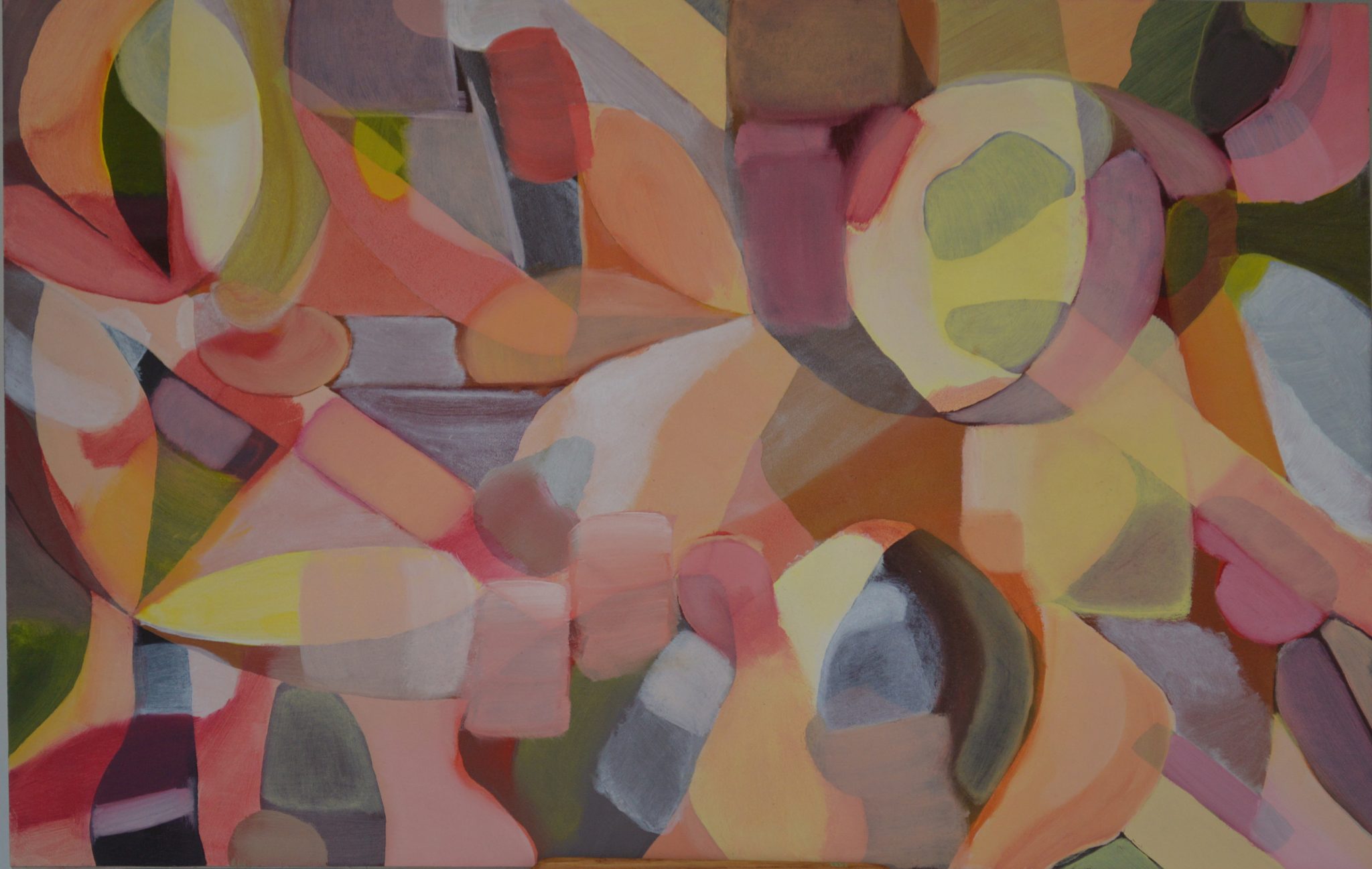
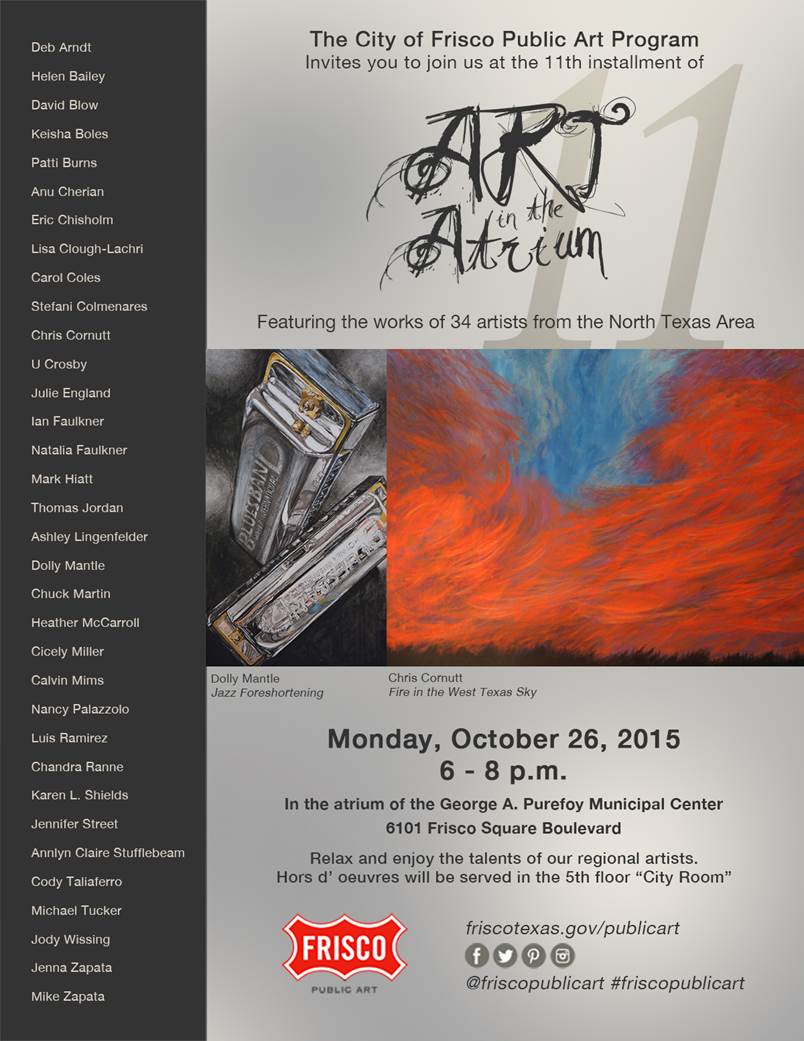
Mastery, from Steve Straus…3-Minute Coaching
 (Quotes are capsules of information, reinforcement or enlightenment.)
(Quotes are capsules of information, reinforcement or enlightenment.)
On My Own Time Art Show -N. Texas Business Council for the Arts
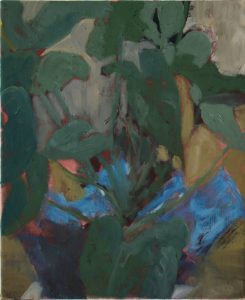 On exhibit until August 14 @
On exhibit until August 14 @On My Own Time Art Show (North Texas Business Council for the Arts)
Where: Texas Instruments, Texans Center
Immersion Adult Education II
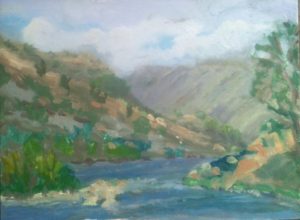 They tell us if you want to learn a foreign language, try immersion in the culture with people who speak the language 24 x 7. I attended my third 6-day painting workshop. This July class was six days at SMU in Taos, NM with a plein air painting group led by Suzanne Kelly Clark. We spent the mornings in the field and afternoons in the studio. Mountainous Taos weather in July is monsoon season with extreme dryness and heat in the flat lands to afternoon rains in the mountains and city with burgeoning clouds, lightning and thunder. We headed to the studio from the field in early afternoons when the skies threatened to dump their rain on us or the desert heat overcame us in the Rio Grande Gorge.
They tell us if you want to learn a foreign language, try immersion in the culture with people who speak the language 24 x 7. I attended my third 6-day painting workshop. This July class was six days at SMU in Taos, NM with a plein air painting group led by Suzanne Kelly Clark. We spent the mornings in the field and afternoons in the studio. Mountainous Taos weather in July is monsoon season with extreme dryness and heat in the flat lands to afternoon rains in the mountains and city with burgeoning clouds, lightning and thunder. We headed to the studio from the field in early afternoons when the skies threatened to dump their rain on us or the desert heat overcame us in the Rio Grande Gorge.
The immersion learning experience is much the same; eat, sleep and paint all day surrounded by people speaking the language of painting. What a great experience! Typically a breakthrough occurs a few days into the intense daily painting workshop. After sequential long days of painting the same genre, such as figures or plein air landscapes, you get over some of your fears and blocking beliefs. You loosen up your brush strokes. You experiment a bit more, or become more expressive.
The thrill of seeing a small group of painters illustrate the same image in so many individual and creative ways is one of the the best take-aways. You see before you all the possibilities to express a given image. The second major lesson learned is the value of drawing as preparation for painting, focusing on composition, relative scale of objects and value (lights and darks).
Also there are the group dynamic benefits. Talking over dinner about your shared expereinces, discussing master artists who have influenced you or more informal beneficial remarks from your instructor over a glass of wine makes the experience special.
Try a painting workshop experience and like a destination vacation, you’ll remember the richness of it the rest of your life.
Visit with an Artist by Linda Smittle
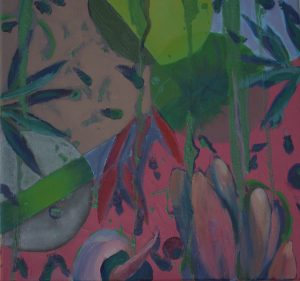 “I love your work. The colors are vibrant. The designs are brilliant. Can you tell me about your process and inspiration?”
“I love your work. The colors are vibrant. The designs are brilliant. Can you tell me about your process and inspiration?”
Margaret Canavan, the artist, nodded and smiled.
She moved closer to one mosaic and explained how she created her art from polymer clay, image transfers, and found objects. She told the story of how her husband suggested the “Love is a Puzzle” name for the piece that provided an extra challenge as she arranged and rearranged the pieces.
Ms. Caravan, Galveston Art League’s Featured Artist for July, spent most of her life as a psychotherapist and is past president of the Houston Polymer Clay Guild. The flyer describing her work concludes with, “Since retiring, she has had more time to focus on artistic endeavors. As a psychotherapist, she encouraged clients to develop creative outlets, which she believes contribute to her own mental health as well!”
Margaret agreed to pose for a photo with her artistic creations. “Please pick up a brochure and business card,” she suggested after we thanked her. We nodded and smiled as we walked out the door toward the next gallery on our Artwalk*.
Visit with an artist.
Develop some creative outlets.
Enhance your mental health and the mental health of others.
*From the ArtWalk brochure: For over 25 years, the Galveston Arts Center has hosted ArtWalk approximately every six weeks in the heart of the historic downtown district. ArtWalk is a coordinated evening of opening receptions and art-related events that are hosted in existing commercial galleries, non-profit art spaces and “other walls” – retail stores and restaurants. One of the Galveston’s Art Center’s largest programs, ArtWalk promotes the visual arts and supports our arts-based community, offering alternative places to see, purchase and learn about art. For more information visit WWW.galvestonartscenter.org.
Future ArtWalks are August 23, October 11, and November 29.
